The restoration of the church of San Francesco del Prato in Parma has resulted in an exceptional discovery: the 15th-century frescoes that adorned the building, located in the historic center not far from the Pilotta complex and the train station, have been found. The existence of the frescoes had been hypothesized, but no evidence had emerged: however, the interventions that will return the building to the city in 2020, the year Parma will be the Italian capital of culture, have revealed the presence of fragments under the plaster of the central apse.
The 15th-century frescoes had been denied to the view of the faithful back in 1578 because they did not adhere to the canons the church had set following the Council of Trent. This is an unforeseen find, and therefore greeted all the more positively, although it will not be possible to proceed with a complete recovery since many portions of the frescoes were damaged due to water infiltration and cracks in the masonry. However, the Committee for San Francesco del Prato has already let it be known that every effort will be made to “restore luster and brilliance to the starry sky and the gold leaves (which, on the sails, act as a corollary to the figure of Christ Pantocrator), to the extraordinary coloring of the face and the depiction of St. Ursula, to the 16th-century putto and to the head of a pope not yet identified.”
At the moment, more detailed information about the recovered frescoes is not yet leaking out. However, the director of cultural heritage of the Diocese of Parma, Fr Alfredo Bianchi, takes stock of the progress of the work: “In February the interior scaffolding will be removed, freeing the space of the austere Gothic architecture of the church, which will appear with ivory-white walls, the typical color of the fifteenth-century plasterwork. Then the flooring will be laid.” To recover the paintings, a special fundraiser will also be launched by the CrowdForLife platform, while for the restoration project it is already possible to donate with free disbursements benefiting from theArt Bonus.
The church of San Francesco del Prato has a very ancient history: it was founded by Franciscan friars arriving in Parma from Assisi in the early 13th century (they had settled in the area of the Pratum Regium, a meadow on the outskirts of the city on which fairs and markets were held). Construction of the building began in 1240 and proceeded following several phases. Some of the city’s most prominent families (the De Anzola, Lupi, and Rossi) contributed to the construction of the church, and the facade was raised in 1398. Decorated between the fourteenth and fifteenth centuries, the church was equipped with a bell tower designed by Bernardino Zaccagni between 1506 and 1520.The church’s history continued without upheaval until the Napoleonic era, when the suppression of ecclesiastical orders caused the building to be occupied by Napoleon’s military in 1804. The church was therefore turned into a prison, and the building underwent heavy remodeling to adapt it to its new function: in addition, the furnishings were lost, the altars and wooden choir destroyed, and all the frescoes covered with plaster. The adjoining convent continued to serve as a prison until 1992, and again in the 20th century ownership of the building passed to the University of Parma, which in 2017 handed it back to the State Property Agency, which granted it for use to the diocese in February 2018.
Restoration work was necessary to erase traces of the prison and return the church to worship, but without forgetting the time of the havoc that turned San Francesco del Prato into a prison. All information about the building and ongoing projects can be found on the San Francesco del Prato website. Below is a selection of images of the rediscovered frescoes.
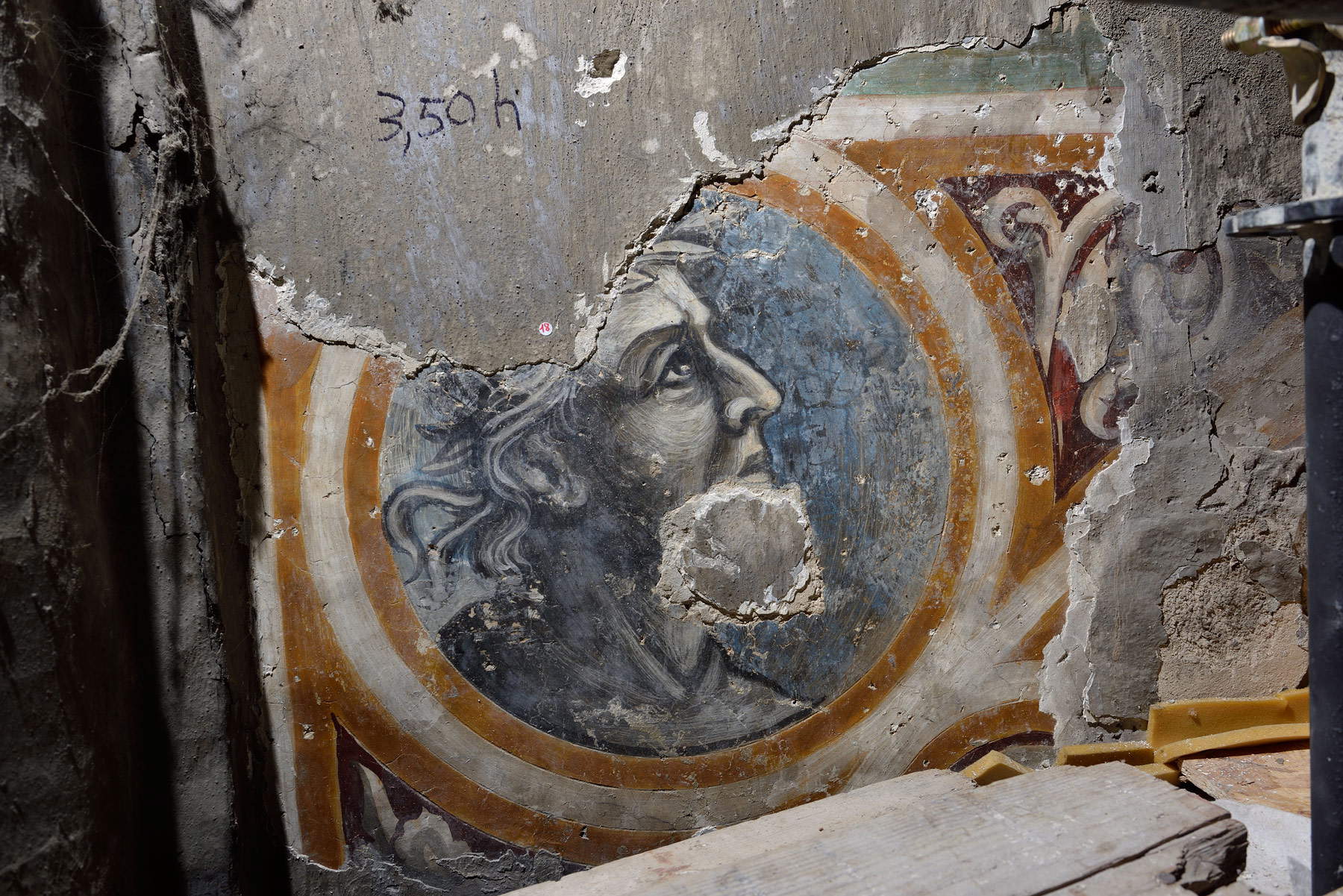 |
| The frescoes found at San Francesco del Prato |
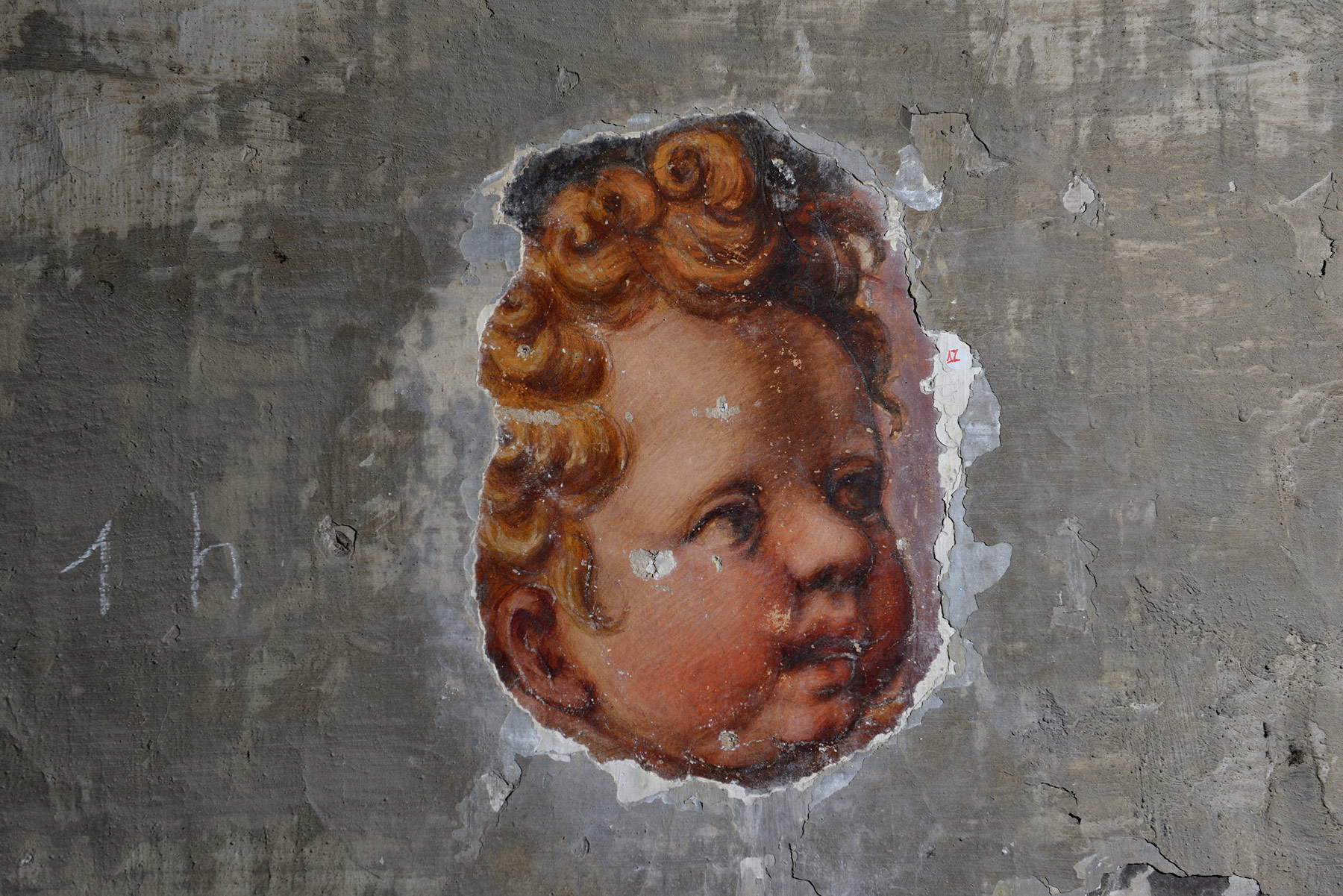 |
| The frescoes found at San Francesco del Prato |
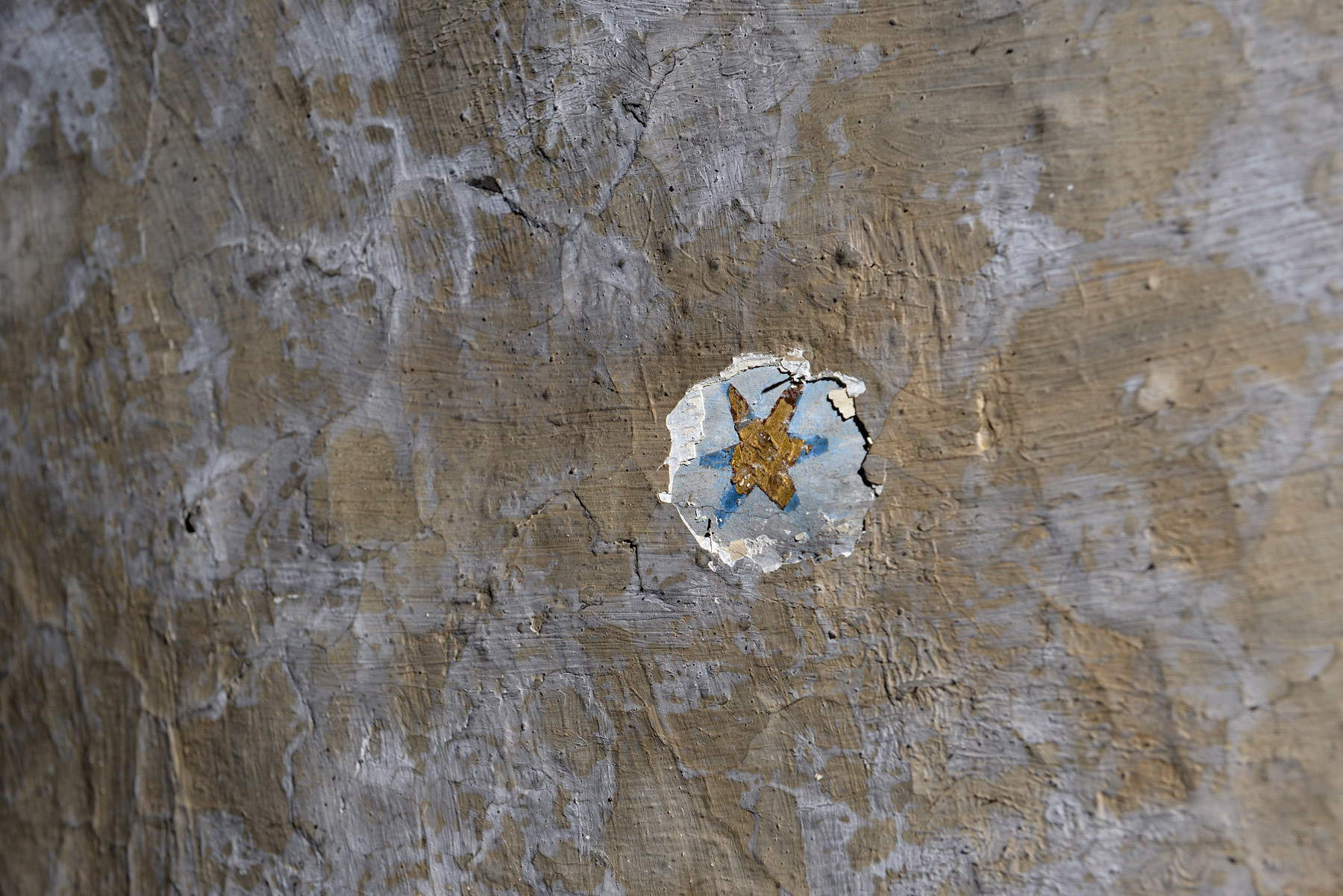 |
| The frescoes found at San Francesco del Prato |
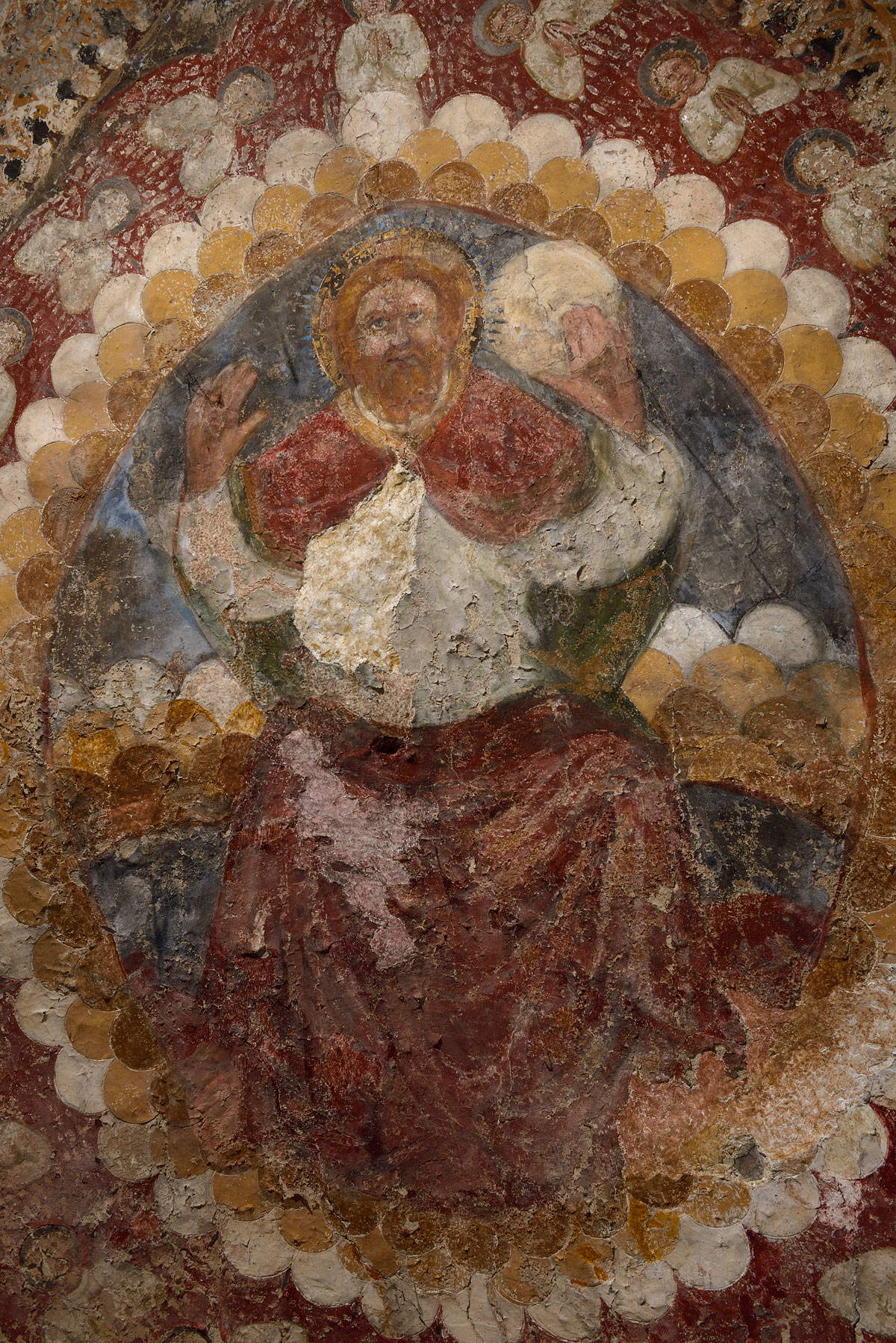 |
| The frescoes found at San Francesco del Prato |
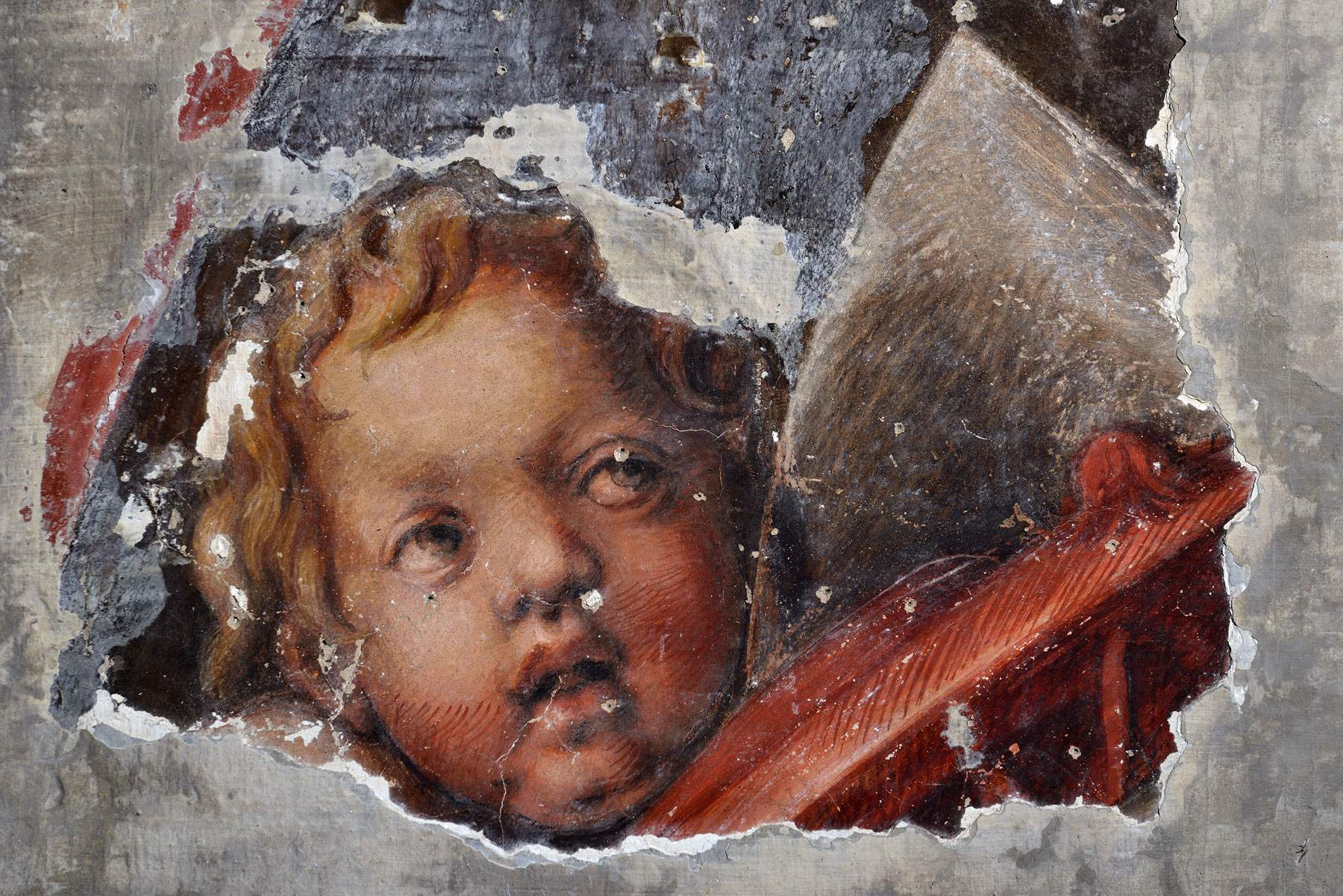 |
| Parma, exceptional discovery: 15th-century frescoes found in San Francesco del Prato |
Warning: the translation into English of the original Italian article was created using automatic tools. We undertake to review all articles, but we do not guarantee the total absence of inaccuracies in the translation due to the program. You can find the original by clicking on the ITA button. If you find any mistake,please contact us.